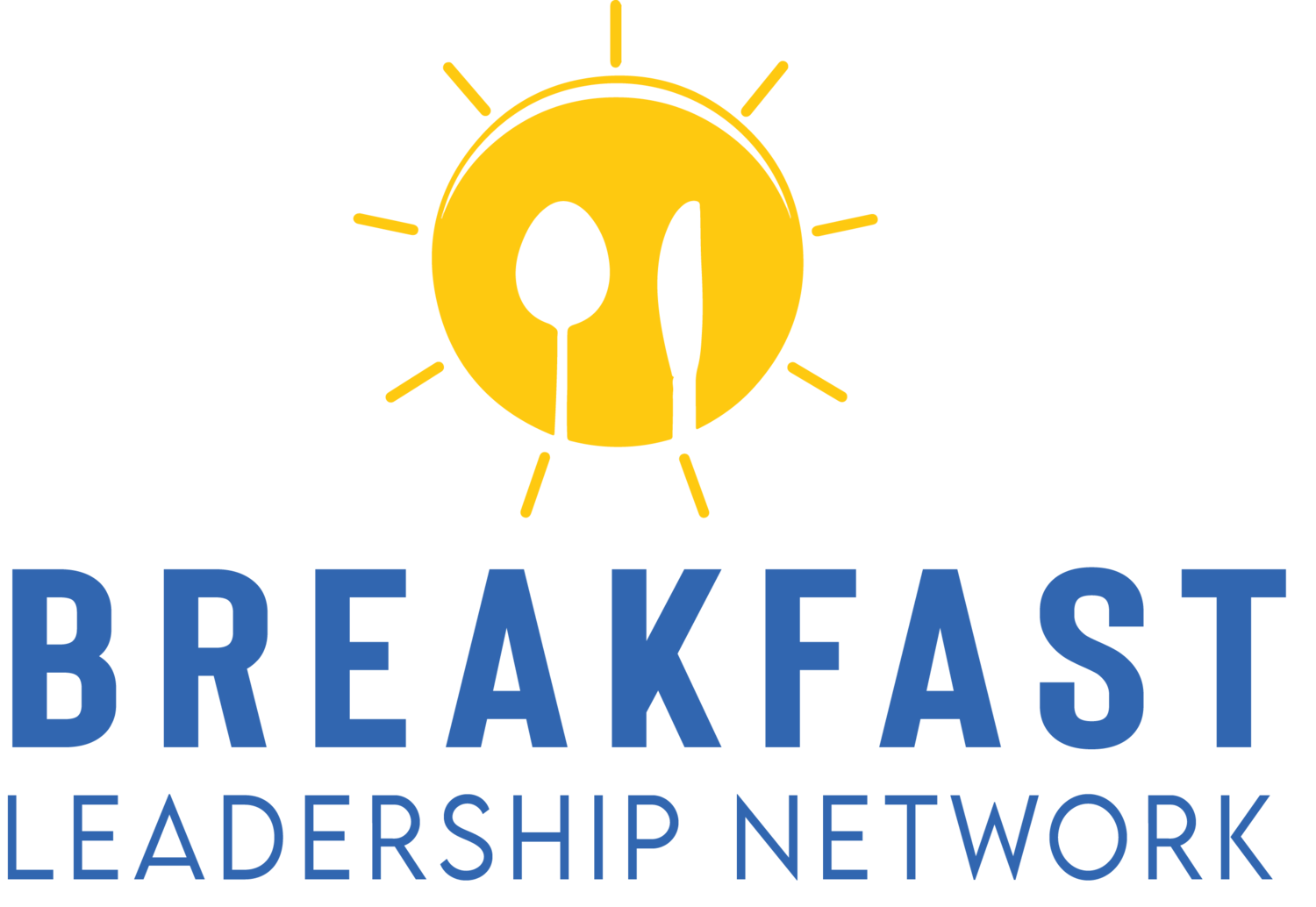Working Well: How Companies Are Creating Cultures That Support & Sustain Mental, Emotional, Social, Physical & Financial Wellness
Let’s face it—workplace wellness isn’t just a trend. It’s a necessity. Burnout, disengagement, absenteeism, and turnover are skyrocketing in organizations that fail to treat their people as whole human beings. We can no longer separate mental health from productivity or financial stress from performance. If you want a healthy company, you need healthy people.
This is the heartbeat of what I teach through the Breakfast Leadership Network, in my book Burnout Proof, and what I’ve implemented with hundreds of organizations across North America. True wellness is holistic. It spans five core dimensions: mental, emotional, social, physical, and financial.
Let’s explore how forward-thinking companies are embedding these into their culture—and how you can too.
Mental Health: Normalize the Conversation
Mental health is health. Period. Companies that understand this create open, stigma-free environments where employees are encouraged—not punished—for seeking support.
Some leading practices include:
Mental health days as part of standard PTO
On-demand therapy support through platforms like BetterHelp or Headspace
Mental wellness check-ins during team meetings
I talk about the importance of proactive mental health support in this Breakfast Leadership article. The key is to make mental health visible, valued, and supported at every level of leadership.
Emotional Wellness: Leading with Empathy
You cannot lead humans without empathy. Employees need to feel emotionally safe to be honest, vulnerable, and engaged. Cultures that emphasize emotional intelligence outperform those that don’t—because empathy drives retention, loyalty, and innovation.
Practical strategies include:
Training leaders in EQ and conflict resolution
Encouraging feedback and two-way communication
Creating space for honest conversations without fear of retaliation
I highlight this in my book Workplace Culture—authentic leadership isn’t soft, it’s smart. Teams mirror what their leaders model. If you show up grounded, compassionate, and clear, your people will too.
Social Connection: Community Over Isolation
Even in hybrid or remote teams, people need to feel like they belong. Loneliness is one of the most under-recognized threats to engagement and productivity. It’s not enough to work on a team—you need to feel connected to one.
What works:
Virtual watercooler chats or team-building calls that don’t center on work
Employee resource groups that foster inclusion and identity
Mentorship and peer-coaching programs to build cross-team relationships
Check out this post on the importance of community in workplace culture for actionable tips.
Physical Wellness: Recharging the Body to Reignite the Mind
If your team is running on caffeine and four hours of sleep, no amount of strategy will save your productivity. Physical wellness directly impacts energy, mood, and decision-making.
Smart organizations support this by:
Offering movement breaks or standing meetings
Subsidizing gym memberships or providing fitness stipends
Promoting sleep, hydration, and recovery as part of team norms
As someone who experienced complete burnout from neglecting my own physical health, I can tell you this: your body will keep the score. Recovery starts with rest.
Financial Wellness: Reducing the Silent Stressor
Money stress is one of the leading causes of distraction and disengagement at work. Yet, most companies avoid this topic entirely. Financial wellness programs are an untapped opportunity to show employees you care.
Consider offering:
Financial literacy workshops
Retirement planning support
Emergency savings matching or budgeting tools
Employees who feel financially supported are more focused, less anxious, and more loyal. It’s one of the fastest ways to build trust.
Final Thoughts: Wellness is the Future of Work
Creating a culture of wellness isn’t about throwing benefits at burnout. It’s about redesigning the way we work so that people can thrive—not just survive.
If you want your business to perform at its peak, start by supporting your people in all five areas of wellbeing. The ROI isn’t just in retention or performance metrics—it’s in creating a workplace that people are proud to be part of.
For more strategies, pick up Burnout Proof and Workplace Culture, and explore hundreds of resources on the Breakfast Leadership blog.
Because a thriving workforce isn’t a pipe dream—it’s a leadership decision.
